Gaza genocide: Israeli troops raid al-Shifa Hospital again
Israeli forces have raided al-Shifa Hospital, the largest medical complex in the Gaza Strip, amid a new communications blackout.
Israeli troops on Friday carried out building-by-building searches at al-Shifa, where thousands of patients, premature babies, staff, and displaced people are trapped.
Al-Shifa Hospital has become a focal point for Israeli strikes since the regime’s troops raided the complex on Wednesday, alleging that the Palestinian resistance movement Hamas was using it as a command center. Hamas and hospital managers categorically deny the claim.
The latest raid on al-Shifa came as communications in Gaza were once again cut off.
Gaza’s main telecommunications companies, Paltel and Jawwal, said on Thursday that all telecom services had gone out.
The Paltel group said all telecommunications were down because “all energy sources sustaining the network have been depleted, and fuel was not allowed in.”
The UN warned that the blackout would compound the misery of civilians.
“When you have a blackout and you cannot communicate with anyone anymore... that triggers and fuels even more the anxiety and the panic,” said Philippe Lazzarini, the head of the UN Palestinian Refugee Agency (UNRWA).
Israeli airstrikes on Gaza have repeatedly targeted hospitals, residential buildings, mosques, and churches. Under the Geneva Convention, attacks on hospitals are strictly prohibited.
On October 17, hundreds of civilians were killed and injured by Israeli airstrikes on al-Ahli Arab Hospital in Gaza City. The attack has been condemned as an act of genocide by many governments around the world.
Several hospitals in Gaza City have become refuges for Palestinians hoping to be spared Israeli bombardments, which began early in October.
The Palestinian resistance movement Hamas has urged the United Nations secretary-general to form an international committee to visit hospitals in the besieged strip to counter Israel’s “false” claims that they are used as launch pad for anti-Israel operations. Hamas has noted that the claims are aimed to “justify” Israel’s attacks on hospitals in Gaza.
Also on Friday, an Israeli strike targeted al-Falah School, which houses thousands of displaced people, in the al-Zaytoun neighborhood, south of Gaza City, leaving a large number of people killed and injured.
Israel also continued its fatal air and artillery strikes on other parts of Gaza, including the southern province of Khan Yunis.
According to Palestinian sources, it has become difficult to obtain accurate casualty figures due to the blackout.
Israeli air strikes and shelling also targeted different areas across Gaza overnight.
In the Rafah area in southern Gaza, an Israeli airstrike killed and injured scores of displaced Palestinians.
Meanwhile, at least 18 people were killed in another airstrike on residential buildings in Jabalia refugee camp in northern Gaza.
In a separate Israeli airstrike on Jabalia, three people were killed in the Falouja neighborhood.
Israeli shelling was also reported around Gaza City, including in the Sheikh Radwan, Tuffah, and Shujaiya neighborhoods.
WHO ‘concerned’ about spread of disease in Gaza
Meanwhile, the World Health Organization (WHO) says it is concerned about the spread of disease in Gaza as the Israeli aggression has forced many to live in overcrowded shelters with a lack of food and clean water.
“We are extremely concerned about the spread of the disease when the winter season arrives,” Richard Peeperkorn, WHO Representative in the Occupied Palestinian Territory, said.
He added that more than 70,000 acute respiratory infections and over 44,000 cases of diarrhea had been registered.
Israel waged the war on Gaza on October 7 after the Palestinian resistance movement Hamas carried out the surprise Operation Al-Aqsa Storm against the occupying entity in retaliation for intensified Israeli crimes against Palestinians.
According to the Palestinian authorities, at least 11,500 Palestinians, most of them women and children, have been killed and over 29,200 others injured in the Israeli strikes.
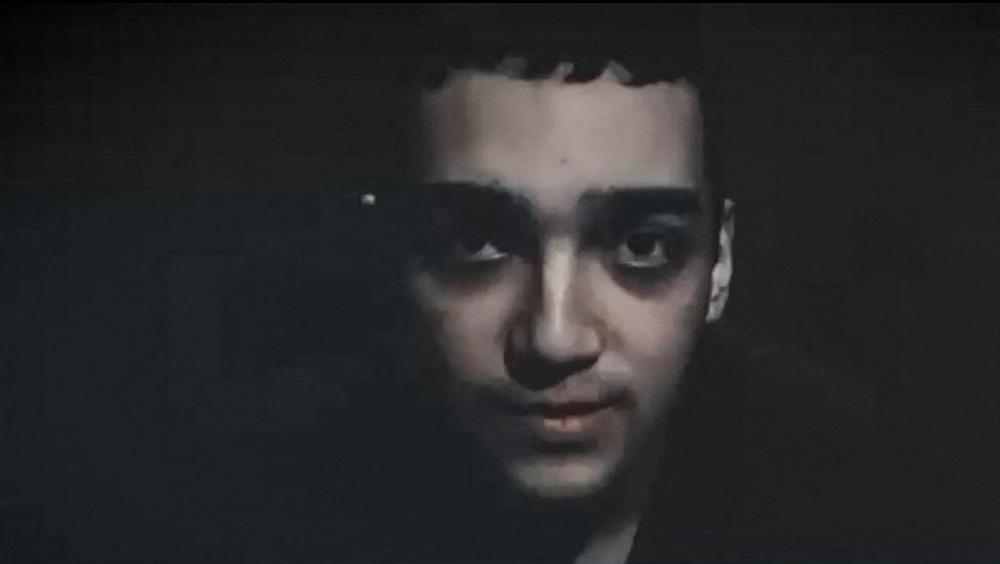
Hamas releases video showing Israeli-American captive alive
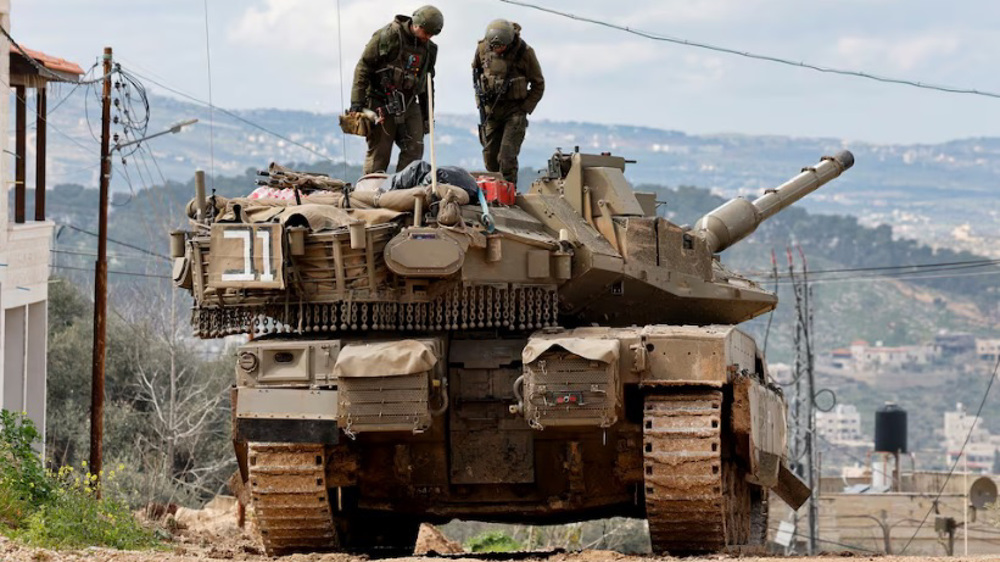
Israeli forces detain Palestine TV crew in West Bank’s Jenin, seize equipment
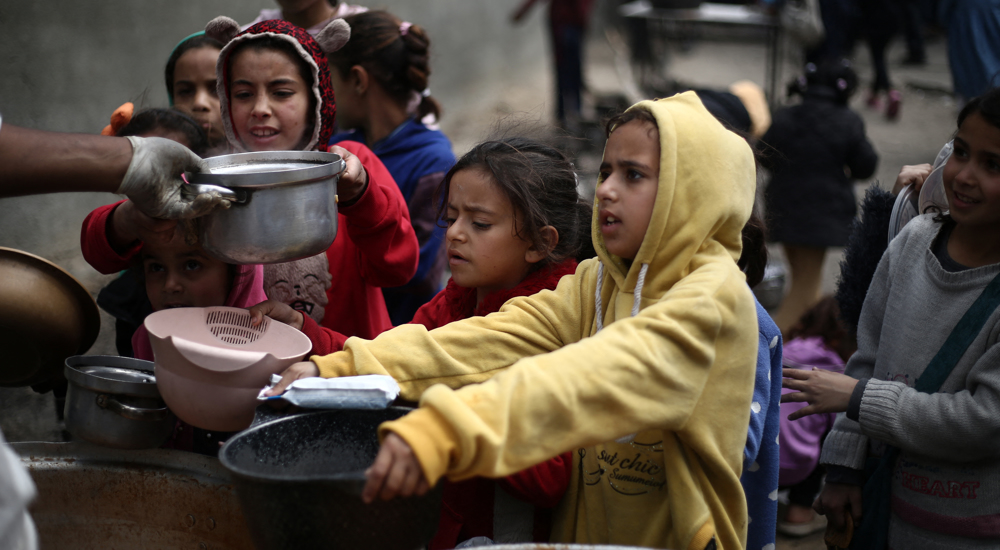
EU says Israel must lift devastating aid blockade on Gaza, resume ceasefire
VIDEO | Press TV's news headlines
VIDEO | Paris hosts week-long pro-Palestinian rallies
US ‘Tactical Terrorism Response Team’ flags pro-Palestinian attorney at customs
VIDEO | Pro-Palestine demonstrators in UK slam BBC
VIDEO | Protesters form human chain in front of US Embassy in London
Removal of US’s oppressive sanctions one of Iranian nation’s most basic rights: First VP
Gaza’s children paying for Netanyahu’s political ambitions with blood: Hamas
Hamas releases video showing Israeli-American captive alive


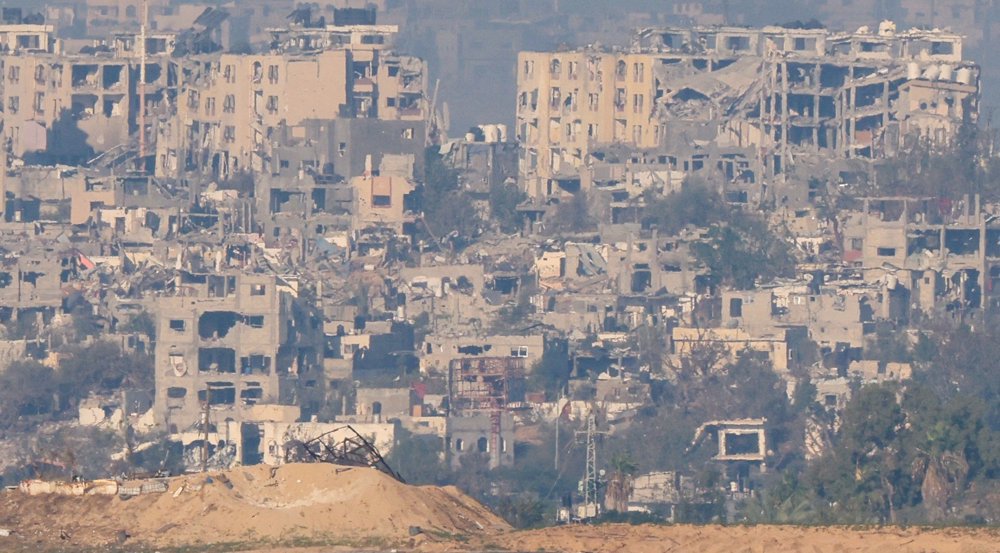
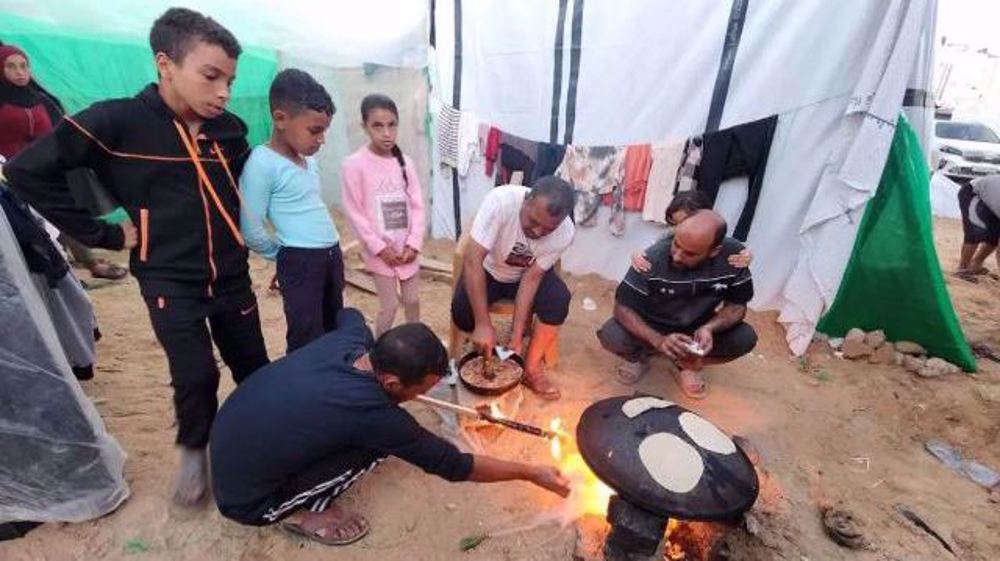






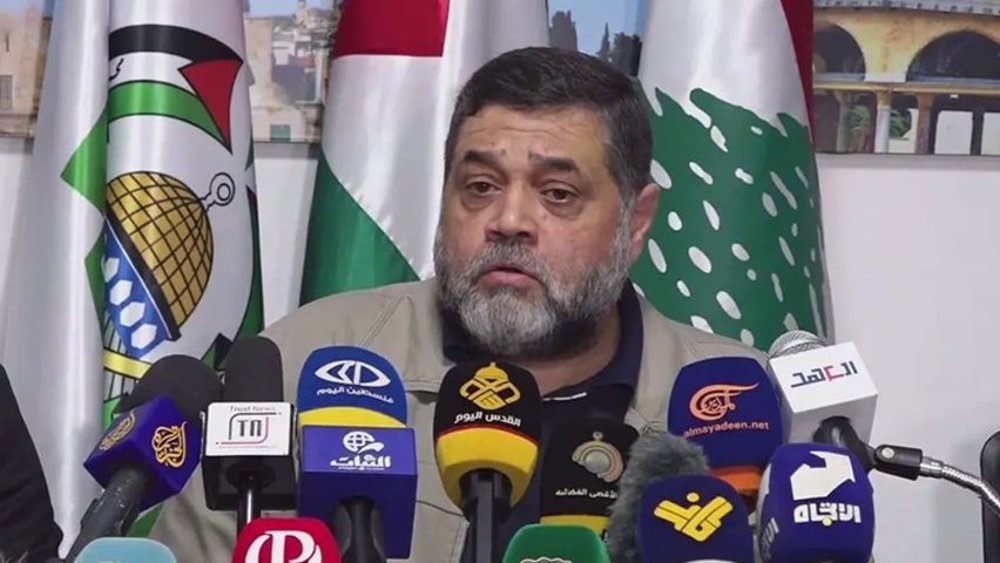

 This makes it easy to access the Press TV website
This makes it easy to access the Press TV website